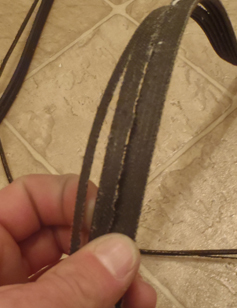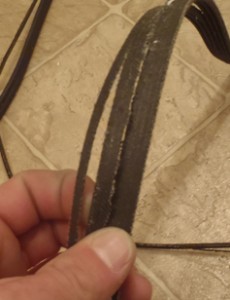

The serpentine belt also known as the multi-rib or the multi-vee belt is a single continuous belt that is designed to drive the multiple peripheral devices in the automobile engine. Some of the peripheral devices include the alternator, water pump, air pump, A/C compressor and the power steering pump. There are normal circumstances where the vehicles operate on one long serpentine belt. This belt is an important device in the running of the car and utmost maintenance should be taken. Therefore, check your belt on a regular basis and replace it if necessary.
Checking your serpentine belt requires only your time. The checking process starts by manually inspecting the vehicle and locating the belt. In most cases, it will be in the engine probably under the hood. Open and pop the hood to find the exact location of the belt. Observe the location of the belt and see what it looks like. Ensure that the belt does not move further than an inch when you push it with your finger.
Make sure the serpentine belt is not frayed or cracked. There will be visible cracks along the belts which will be the clear indication of the serpentine belt cracking. Fraying occurs when some strings tend to come apart on the sides. The occurrence of fraying and cracking can cause some of the peripheral devices to break down and not function properly. This can lead to huge repair costs if they are unattended.
When checking for any belt faults, ensure that there are no fluids of any kind on the belt. Feel the texture of the belt to see if it is oily or wet.
If the above steps are not successful and you plan to replace the belt on your vehicle we have a diagram for you. If you have trouble finding a diagram for your vehicle, feel free to post a request in the discussion forum and we will create a diagram for you and let you know when it’s ready.